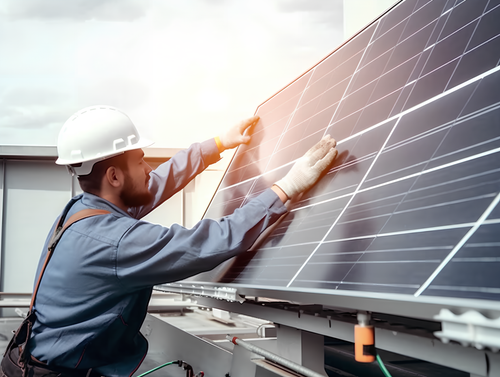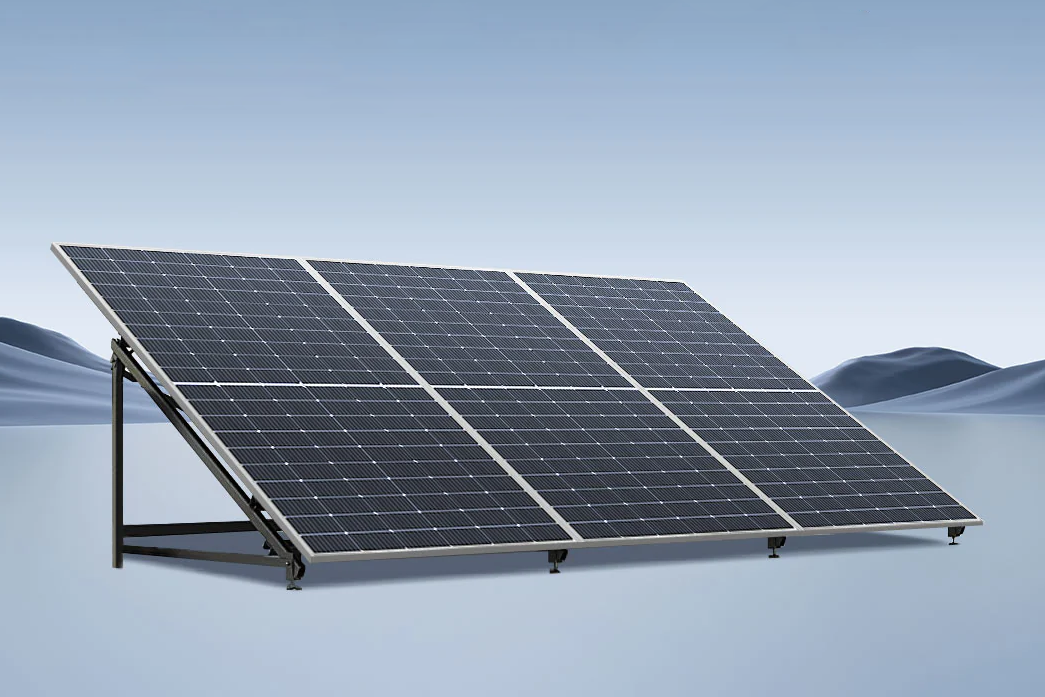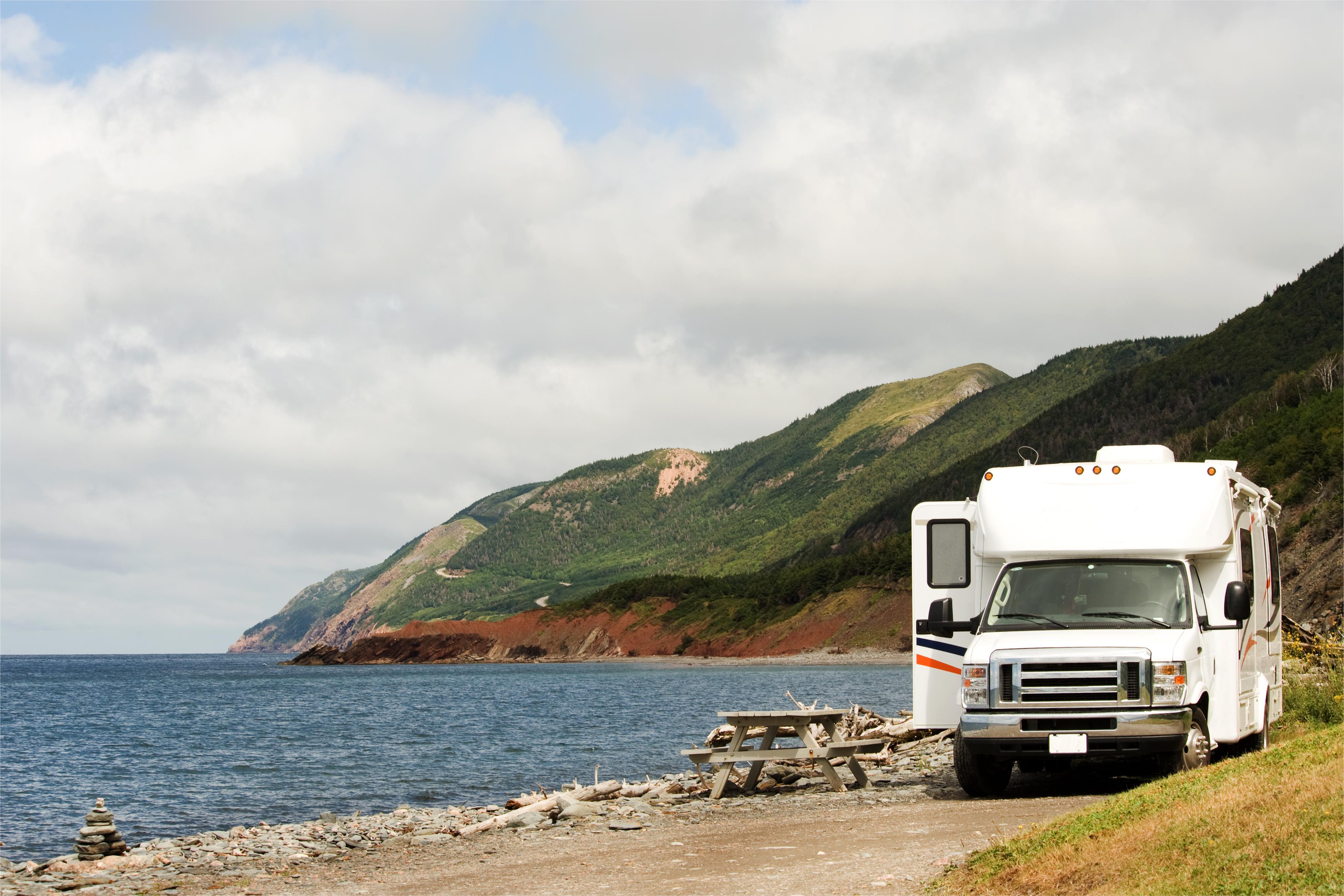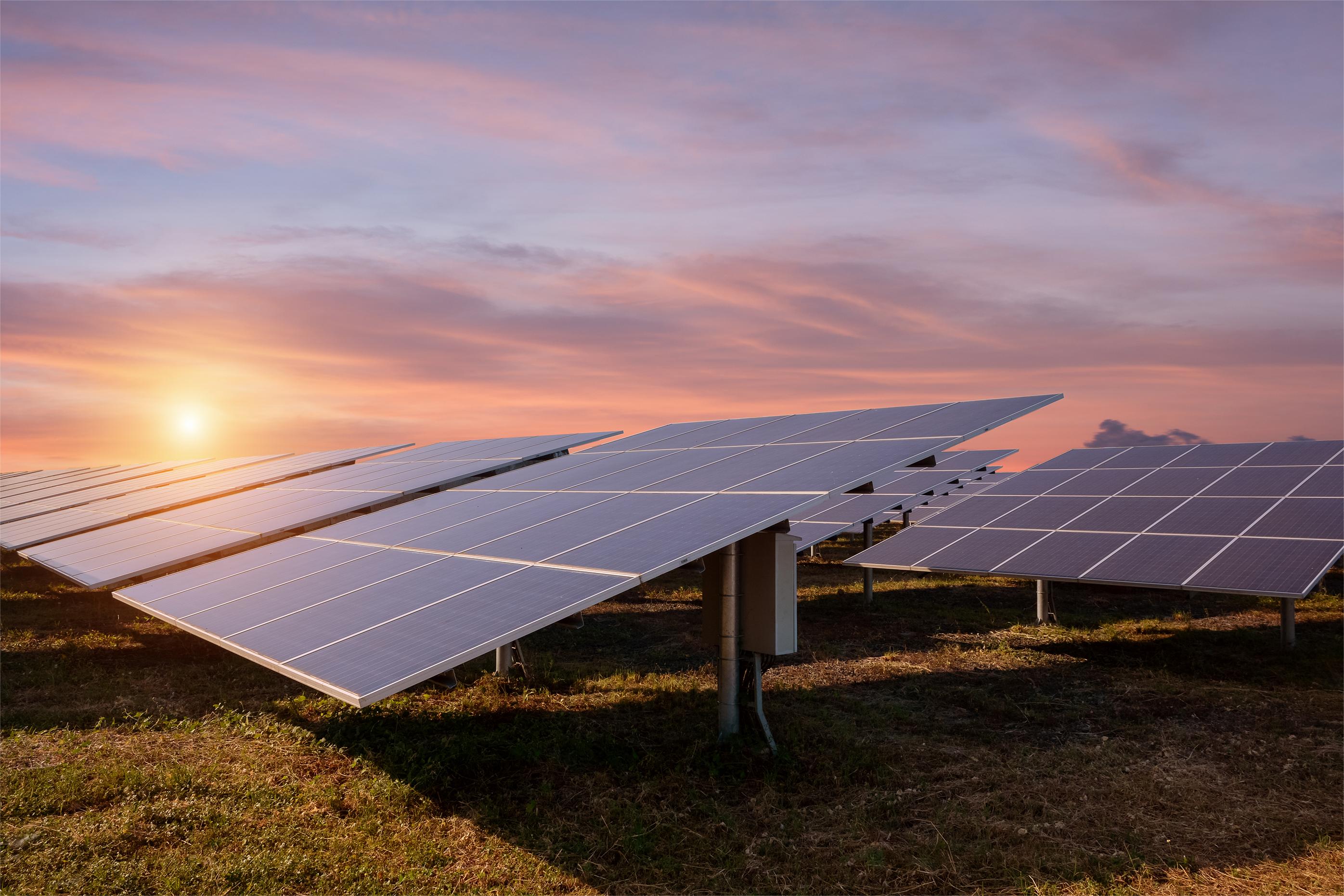Demi Moreno - Feb 18 2024
Off the Grid and On the Road:
A Comprehensive Guide to RV Solar Power

In recent years, the sight of solar panels adorning the roofs of recreational vehicles (RVs) has become increasingly commonplace. This trend reflects a growing interest among RV owners in harnessing solar power to enhance their mobile living experiences. While solar panels may not completely replace the need for traditional fuel sources in RVs, they offer numerous benefits, including cleaner energy, increased independence from grid connections, and reduced environmental impact. In this comprehensive guide, we will explore the technical aspects of RV solar systems, the considerations for installation, the comparison between solar and traditional generators, and address frequently asked questions to help RV enthusiasts make informed decisions about incorporating solar power into their travels.
TABLE OF CONTENTS:
· Understanding RV Solar Components
· The Solar vs. Generator Dilemma
· Installation Considerations
· Installation Steps for Solar Panels on RVs
Understanding RV Solar Components
Installing solar panels on an RV involves several key components that work together to capture, store, and utilize solar energy efficiently. Let's delve into each component:
1. Solar Panels
Solar panels come in various forms, each with its own advantages and applications. While flexible and portable panels offer versatility in installation and usage, rigid panels remain a popular choice for their durability and efficiency. With power outputs ranging from 100 watts to 560 watts, RV owners have options to suit their specific energy needs.
2. Batteries
RVs typically have two batteries: a starter battery for the engine and a "house" battery bank for powering DC appliances like fans, lights, and water systems. In modern RVs, traditional lead-acid batteries are being replaced with lithium iron phosphate batteries, offering faster charging speeds and longer lifespans. Lithium-ion batteries are also an option, albeit at a higher cost.
3. Solar Charge Controller
A solar charge controller regulates the flow of current from the solar panels to the batteries, ensuring optimal charging and protecting the batteries from overcharging or damage.
4. Inverter
Inverters convert DC power from the batteries into AC power for running household appliances. High-quality inverters provide stable power for sensitive devices.
5. Transfer Switch
A transfer switch allows RV owners to switch between battery power, shore power, or propane, depending on their location and energy needs.

The Solar vs. Generator Dilemma
When deciding between solar panels and traditional generators for powering an RV, several factors come into play. Let's compare these two options:
1. Energy Source
Solar panels rely on sunlight to generate electricity, while generators require fossil fuels such as diesel, gasoline, or propane. Solar panels offer a renewable and eco-friendly energy source, whereas generators contribute to air and noise pollution.
2. Space and Portability
Solar panels require roof space for installation, whereas generators and fuel tanks occupy valuable storage space inside the RV. Additionally, portable solar panels offer flexibility in placement, allowing RV owners to maximize sun exposure.
3. Maintenance
Solar panels require minimal maintenance, mainly cleaning to remove dust and debris. In contrast, generators need regular servicing and fuel refills, adding to the overall maintenance costs.
4. Noise and Emissions
Generators emit noise and exhaust fumes, which can disturb campers and contribute to air pollution. Solar panels operate silently and produce zero emissions, making them ideal for eco-conscious travelers.
5. Cost
While the upfront cost of solar panel installation may be higher than that of a generator, solar power offers long-term savings on fuel and maintenance expenses. Additionally, many RV parks offer free or discounted rates for solar-powered RVs, further offsetting the initial investment.
6. Convenience
Generators provide instant power on demand, making them suitable for situations where solar energy may be insufficient or unavailable. However, advancements in solar technology, such as efficient battery storage systems, are closing the gap in convenience between solar and generators.

Installation Considerations
Before installing solar panels on an RV, several factors should be considered:
1. Power Requirements
Calculate the power needs of your RV appliances and devices to determine the number and wattage of solar panels required. Consider factors such as sunlight exposure and daily usage patterns.
2. Existing Infrastructure
Assess your RV's existing electrical system to ensure compatibility with solar components. Upgrading wiring and battery banks may be necessary to accommodate solar power integration.
3. Budget and ROI
Evaluate the upfront costs of solar panel installation against potential long-term savings in fuel and campground fees. Consider factors such as battery lifespan and maintenance expenses when calculating return on investment (ROI).
4. Regulatory Compliance
Familiarize yourself with local regulations and campground rules regarding solar panel installation and usage. Some areas may have restrictions on panel size or placement, particularly in environmentally sensitive areas.
5. Professional Assistance
While DIY installation is possible for experienced RV owners, seeking professional assistance from certified solar installers ensures safety and compliance with industry standards.
Installation Steps for Solar Panels on RVs
Installing solar panels on an RV involves several specific steps to ensure proper functioning and safety. Here's a detailed guide:
1. Mount the Solar Panels on the RV Roof
Begin by securely mounting the solar panels on the roof of your RV. Ensure that the panels are positioned to receive maximum sunlight exposure throughout the day.
2. Install the Charge Controller Inside the RV:
Place the charge controller inside the RV, preferably close to the battery compartment. This controller regulates the flow of electricity from the solar panels to the batteries, preventing overcharging and damage.
3. Wire the Solar Panels to the RV:
Run the wiring from the solar panels to the RV, then connect it to the charge controller. You can route the wires through existing vents or ducts, especially if they are located near the battery. Alternatively, drill a hole in the roof to pass the wires through, ensuring thorough sealing to prevent leaks. Install a fuse or circuit breaker on this line for added safety.
4. Connect the Charge Controller to the Battery Bank:
Connect the wires from the charge controller to the battery bank. Install a fuse slightly larger than the controller's rated current on these wires to protect the system from overcurrent.
5. Perform a System Check:
At this stage, the system is fully installed, but the solar panels are not yet connected to the charge controller. Before making the final connections, carefully inspect all wiring to ensure correct polarity (positive and negative). Once satisfied, plug the solar panels into the charge controller. We recommend doing this at night or covering the panels with a blanket to prevent sparks.
6. Optional:
Install an Inverter for AC Appliances:
If you intend to use 120V AC appliances, install an inverter inside the RV, preferably close to the battery compartment. Wire the appropriate circuits to the inverter.
* Important Note:
If you directly connect the solar panels/controller to your battery bank, there's no need to disconnect your RV's existing converter. Both the converter and solar panels can charge the battery bank simultaneously.
By following these steps, you can successfully install solar panels on your RV, providing clean and sustainable power for your travels. However, if you're unsure about any aspect of the installation process, it's advisable to seek professional assistance to ensure safety and compliance with industry standards.
Going Green on the Go!
In conclusion, incorporating solar panels into an RV offers a multitude of benefits, from providing clean energy to enhancing independence and saving costs. By delving into the technical aspects of RV solar systems, carefully considering installation factors, and weighing the pros and cons against traditional generators, RV enthusiasts can confidently make decisions about embracing solar power for their travels. Whether you're a weekend adventurer or a full-time nomad, tapping into the power of the sun opens up new horizons for sustainable and fulfilling RV living experiences.
For those looking to embark on their solar-powered journey, SunGoldPower offers a range of high-quality solar panels designed to meet the unique needs of RV owners. With our reliable and efficient solar solutions, you can enjoy the freedom of off-grid travel while reducing your carbon footprint and enjoying the serenity of nature. Experience the convenience and sustainability of solar power with SunGoldPower, and make every adventure a memorable one.




